From a traditional song sung by the women of Peru.
I walk without shoes in the mountains.
My bare feet touch the mountainside.
The mountain takes pleasure in knowing my body.
Before I describe the hampi taki project I would like to touch again briefly two concepts I have covered in earlier posts, salka and ayni.
Salka is quechua (the language of the Andes) for undomesticated energy. The wolf is salka while the dog is domesticated, the condor is salka while the chicken is domesticated, the deer is salka while the sheep is domesticated. Salka is essential life energy, so it may not be quite accurate to say that some beings are more salka than others. It might be better to say that some beings are more domesticated than others. In domesticated beings our domestication is like a veneer through which the light of salka must shine. The Andean meditations that I have shared in this blog and in my book help us get in touch with our salka, which in turn, brings into our awareness the mystery and beauty of our existence as living beings. The Peruvian mystics Américo Yábar and Gayle Yábar are founders of the Poetic Salka Movement on the Planet, and they have been my mentors in my exploration of the Andean Cosmovision. For more information on salka please visit this post.
Ayni is a quechua term for reciprocity. Ayni is the guiding principle of relationships within the traditional Andean culture. When you give you receive, and when you receive you give. Completing the circle of ayni elevates both parties, it is like a spiral, where every time the circle is completed the relationship moves to a higher level. The traditional Andean people live in ayni with each other, with their domesticated animals, with their land, and with the Cosmos. Ayni is not a social obligation, it is a dance that enlivens both party’s sacred energy. For more information on ayni please visit this post.
When I earn money from teaching the Andean Cosmovision–e.g. in my workshops or my classes or my book–I like to give half of the money to the people of Peru as ayni. This completes the circle of ayni between the Andean people (who have so open heartedly shared their Cosmovision with the West), and the people who have taken my classes or have purchased my book or have donated on my Salka Wind web page. I don’t mean to come across as saintly in mentioning this. Other people are doing things like this as well, and I am ridiculously pleased to be part of it. In my mind’s eye I see great circles of ayni being formed across the continents, connecting the munays of many beings (organic and inorganic) on the planet. From these circles of ayni the future may blossom in greater beauty.
I use some of this money to help fund the “hampi taki project”. Hampi taki is quechua for singing medicine. Over the years the beautiful, traditional, songs that have linked the Andean women to the Cosmos (e.g. the barefoot in the mountain song at the beginning of this post) have been slowly replaced by laments about how hard life is in the post Spanish conquest society. In the hampi taki project Américo has revived the traditional songs, and teaches the women how to create a flow of healing energy as they sing. He pays the women for learning this way of signing. After they master it, he then pays them to teach other women. In this way the singing medicine is spreading from village to village, and now has a strong presence as far away as the jungle and Bolivia.
To me this is such a beautiful way to use money to nourish salka. Western society is sweeping through the high Andes like a tsunami. The associated material benefits are available for those who have money, which usually involves them having to step away from their traditional culture. In the hampi taki project the women have a way to earn money by stepping more deeply into their traditions. They are also receiving a clear but implicit message that their traditional culture has things worth holding on to…plus there is healing involved…and salka.
I have included below some photographs (compiled from various visits) of women who have sung to me and my friends as ayni for our support of the project. I particularly love seeing the children there, knowing that they are watching their mothers being valued for the beauty of what they are offering to the West.
- Hampi taki singers arrive at don Americo’s house.
- Don Americo welcoming the singers.
- Hampi taki in the garden.
- My wife Betsy is on the far left of the photo.
- Generations. Photo by Barbara Mahan.
- Gayle (in the back) and children from the village.
- Young singers. Photo by Karen Cottingham.
- Hampi taki at another village in the Andes.
- The singers.
- Their children.
Photos by Karen Cottingham and Barbara Mahan © 2013 by the photographers, all rights reserved.
Text and all other photos in this post © at time of posting, Oakley Gordon , licensed under a Creative Commons License — some rights reserved.
Share...
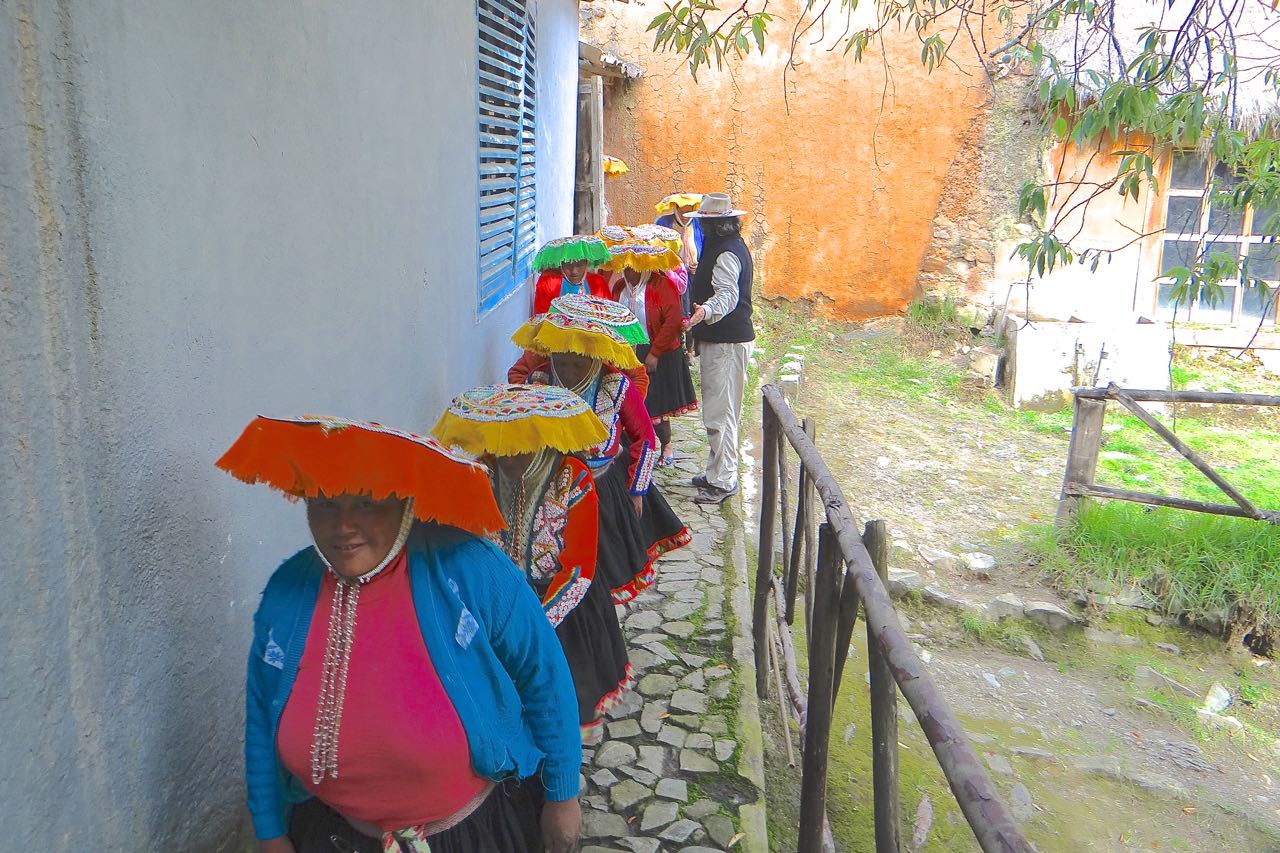
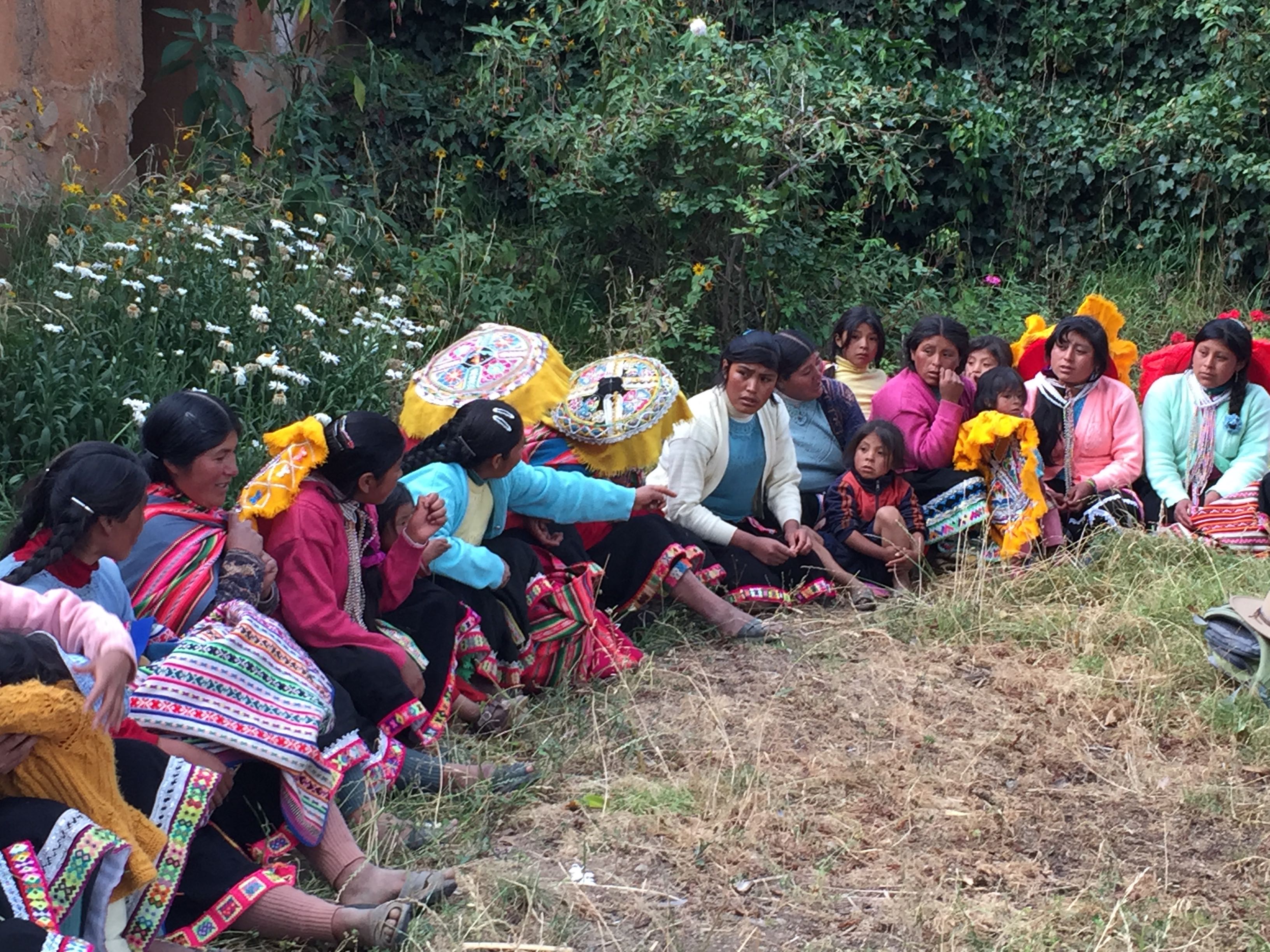


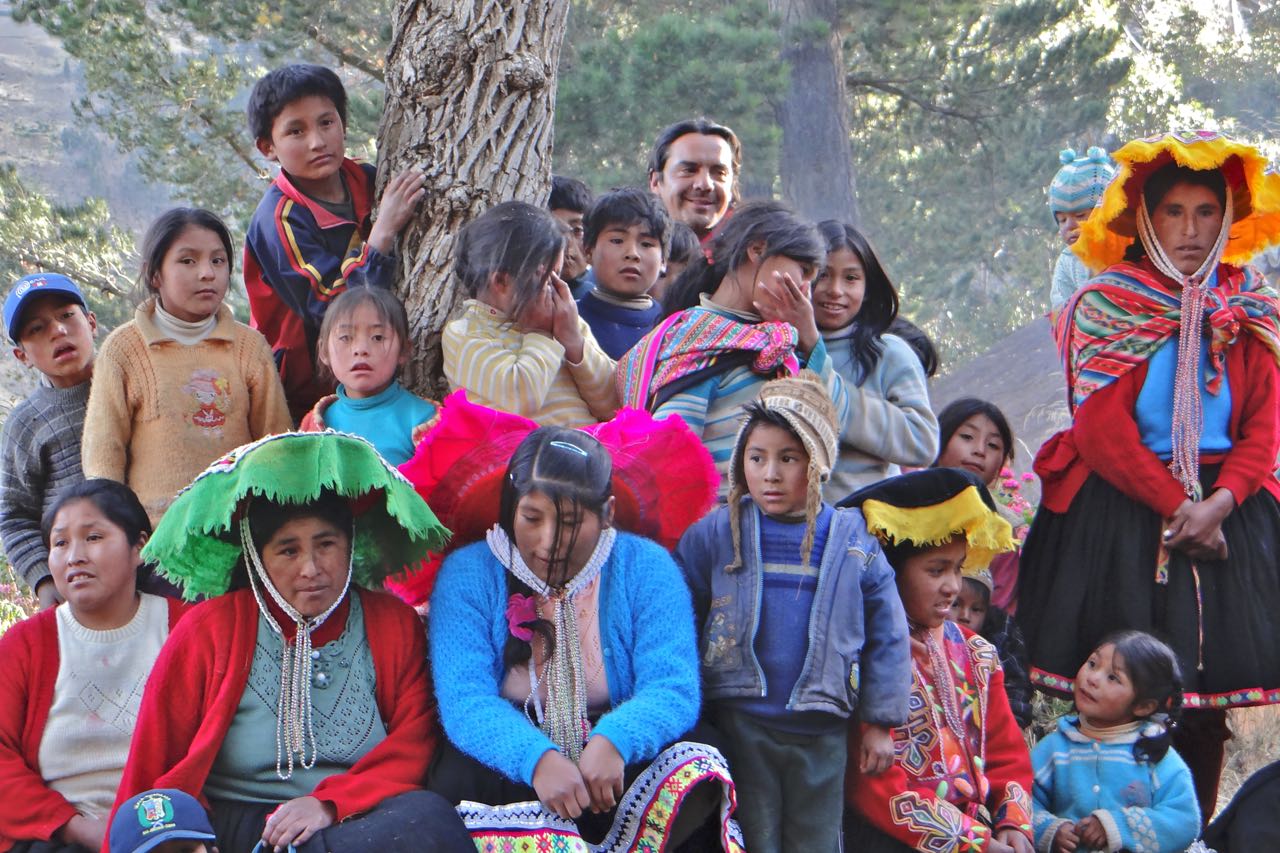
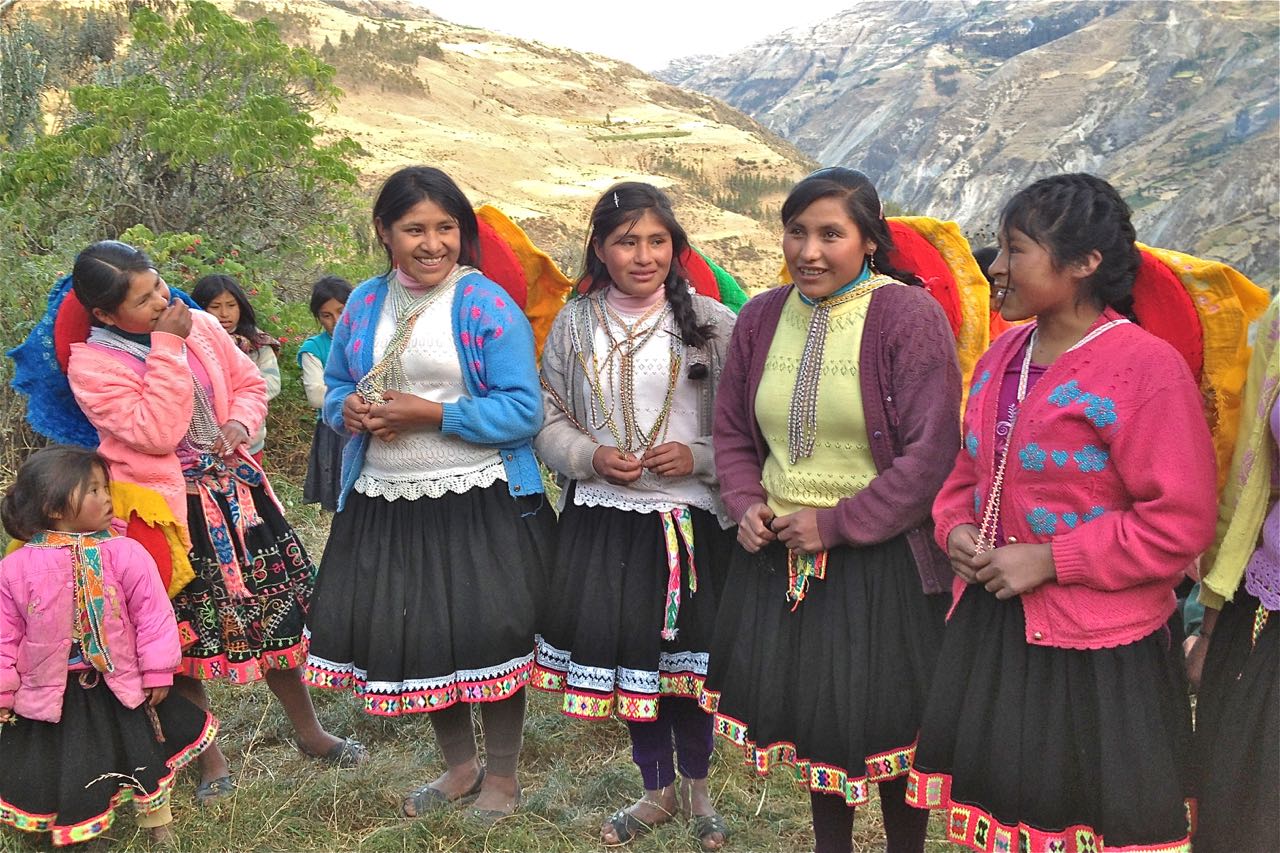


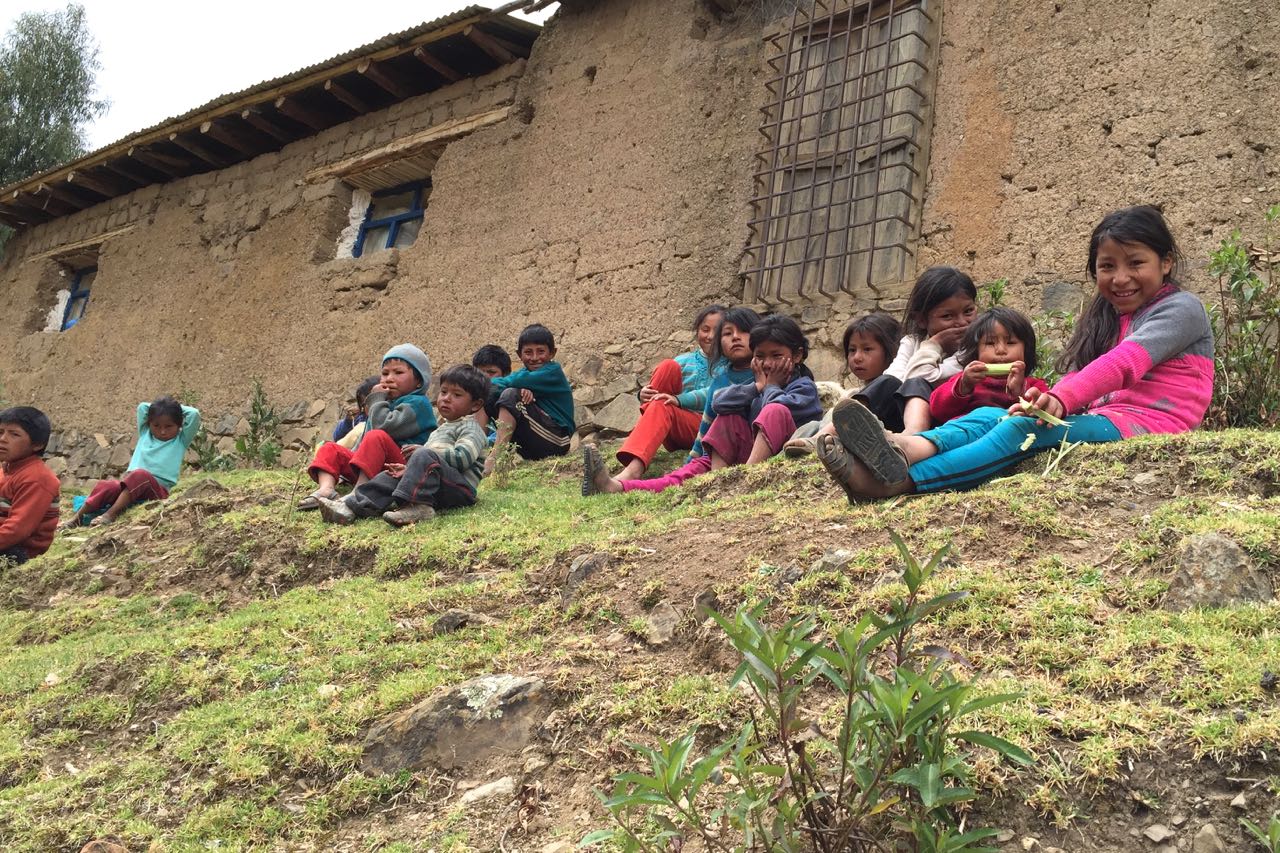
July 3, 2016 at 11:35 am
Beautiful post. Thanks, Oakley.
July 19, 2016 at 12:05 pm
Have traveled to Peru i love the simplistic culture..I wish for all people to live this beauty
July 28, 2016 at 10:02 am
Beautiful 🙂
Hampi taki means “healing singing”?
I’d love to see the words to the song in runa simi (quechua) – I’m presently learning.
Love your posts.
July 28, 2016 at 9:37 pm
Sorry, in my notes I only have the translation into English. I’m delighted that you love my posts.